As a minimalist operating system, PlugboxLinux stands as an elegantly streamlined Linux distribution that emphasizes both simplicity and performance. Created to accommodate users across all expertise levels, from newcomers to seasoned enthusiasts, this lightweight Linux distribution delivers a powerful computing environment suitable for diverse applications.
Within this comprehensive guide, we’ll navigate through the intricacies of PlugboxLinux, examining its distinctive features, walking through the installation process, exploring configuration possibilities, and uncovering optimization techniques for peak performance.
What is PlugboxLinux?
PlugboxLinux represents a cutting-edge lightweight Linux distribution that emerges from the robust foundation of Arch Linux. This minimalist operating system strikes an ideal balance between simplicity and functionality, making it an excellent choice for users seeking an efficient computing experience.
As a distinguished Arch Linux derivative, it maintains the core principles of simplicity while introducing user-friendly elements that make it accessible to all skill levels.
History and Evolution
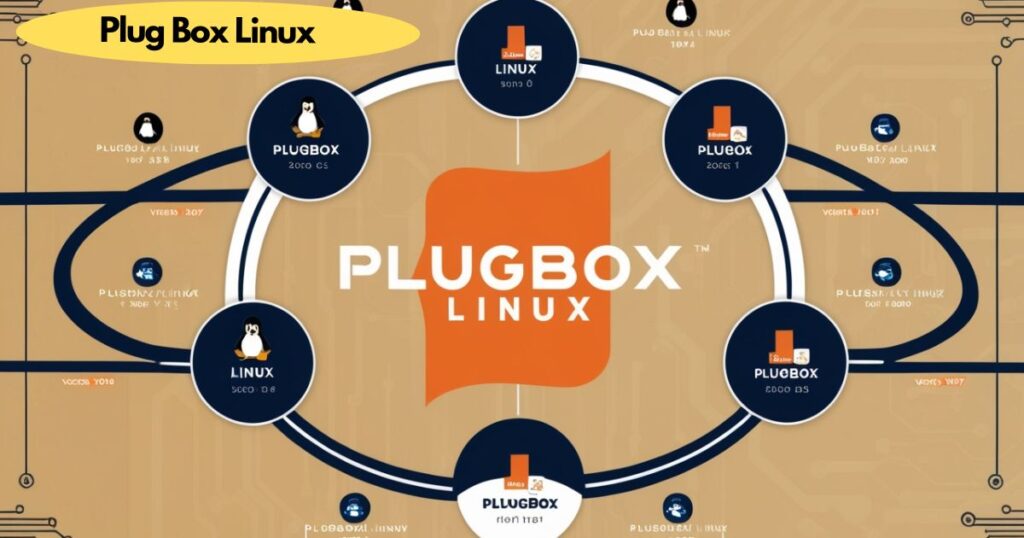
Born from the collaborative efforts of passionate developers, PlugboxLinux has undergone significant transformation since its inception. While maintaining its commitment to minimalism, it has integrated modern features and optimizations that cater to contemporary computing needs.
The distribution’s evolution reflects a careful balance between preserving its lightweight nature and incorporating essential functionality.
Click For More Information: Explore Advanced Crypto Trading with Crypto30x.com Zeus
Key Features of PlugboxLinux
The user-friendly interface of PlugboxLinux distinguishes it in the landscape of Linux distributions. Its streamlined architecture ensures optimal performance without compromising on features.
The integration of robust package management through Pacman provides users with seamless software handling capabilities. The system’s extensive customization options allow users to tailor their experience while maintaining system efficiency.
System Requirements
For optimal performance, PlugboxLinux requires:
- 64-bit x86_64 processor (2GHz or faster recommended)
- 512 MB RAM (1 GB recommended for desktop environment)
- 2 GB available storage space (10 GB recommended for full installation)
- Stable Internet connection for updates and package management
- Basic display adapter with 1024×768 resolution support
- USB port for installation media
Installation Process
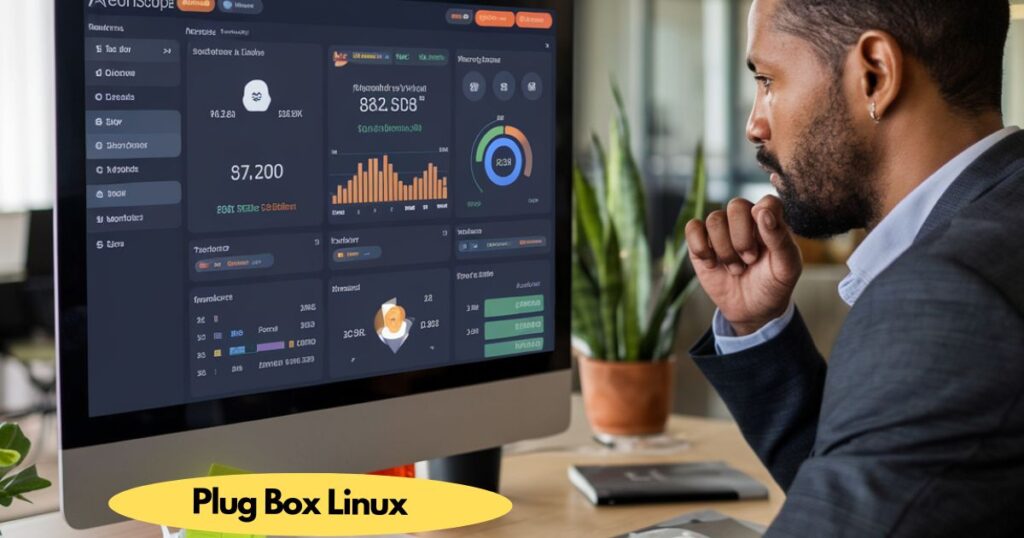
Downloading PlugboxLinux
Begin your journey by obtaining the latest ISO image from the official PlugboxLinux website. The distribution offers various versions optimized for different hardware configurations.
Each release undergoes rigorous testing to ensure stability and performance. Users can choose between standard and minimal installation images, depending on their specific needs and preferences.
Creating a Bootable USB Drive
Utilize popular tools like Rufus or Etcher for creating a bootable USB drive. These applications ensure proper ISO writing and bootable media creation.
The process involves selecting the appropriate image file, choosing the target USB device, and following the automated writing process. Both tools offer verification features to ensure data integrity during the creation process.
Step-by-Step Installation Guide
The installation process involves:
- Entering BIOS/UEFI settings and configuring boot priorities
- Selecting installation language and keyboard layout
- Partitioning the drive according to user requirements
- Installing the base system and bootloader
- Configuring network connections and system locale
- Setting up user accounts and security parameters
- Performing initial system updates
Initial Setup and Configuration
Post-installation setup focuses on system optimization and essential configurations. This includes updating the system through Pacman, installing necessary drivers, and configuring network settings for optimal performance.
Users should also consider setting up system backups, configuring power management options, and installing additional software packages based on their needs. The initial configuration phase is crucial for establishing a stable and efficient working environment.
PlugboxLinux User Interface
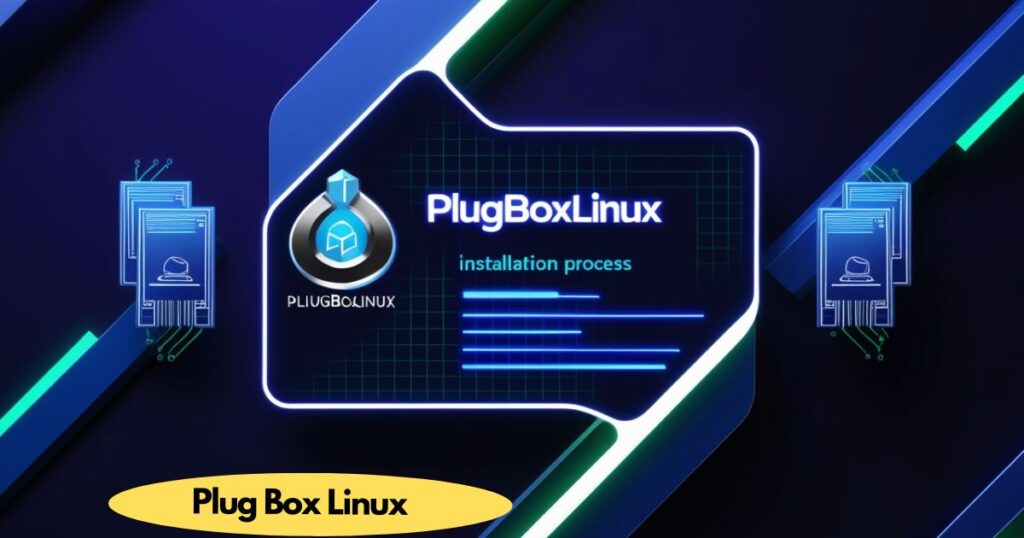
Understanding the Desktop Environment
Choose between lightweight desktop environments like LXDE or XFCE. These environments provide a balanced combination of functionality and resource efficiency. Each environment offers unique features and customization options, allowing users to create their ideal workspace. The desktop environments are designed to be intuitive while maintaining system responsiveness.
Customizing the User Interface
Utilize LXAppearance and other tools to personalize your desktop experience. The system supports extensive theme customization and interface modifications. Users can adjust window behaviors, panel layouts, desktop effects, and system fonts to create a personalized computing environment. Advanced users can also modify window manager settings and keyboard shortcuts for enhanced productivity.
Package Management
Using Pacman for Package Management
Master the Pacman package manager for efficient software handling. Learn essential commands for package installation, removal, and system maintenance.
The package management system integrates seamlessly with official repositories, providing access to thousands of pre-compiled packages. Advanced users can utilize package groups and dependencies management features for streamlined system administration.
Installing and Removing Software
Explore the vast software repository available through Pacman. Understand package dependencies and management techniques.
The system provides comprehensive package information, including version numbers, dependencies, and disk space requirements. Users can perform batch installations, handle conflicting packages, and manage package archives efficiently.
Updating the System
Maintain system security and performance through regular updates using Pacman‘s powerful update mechanisms.
The update process includes intelligent handling of configuration files, automated dependency resolution, and optional update notifications. Users can configure update schedules and select specific packages for updates based on their requirements.
Advanced Configuration
Configuring Network Settings
Implement comprehensive network setup using NetworkManager. Configure various connection types and optimize network performance.
The network management system supports advanced features like VPN connections, wireless security protocols, and network sharing options. Users can create connection profiles for different networks and manage network-specific settings effectively.
Setting Up a Firewall
Enhance system security with UFW (Uncomplicated Firewall). Learn essential firewall rules and security configurations.
The firewall system provides both command-line and graphical interfaces for managing network security. Users can create custom rules, manage service access, and monitor network traffic through the integrated security framework.
Managing Users and Permissions
Master user account management and permission settings for secure multi-user environments. The system supports advanced access control lists, group management, and user privilege delegation.
Administrators can implement custom security policies and monitor user activities through comprehensive logging mechanisms.
Click For More Information: Thejavasea.me Leaks AIO-TLP: What You Need to Know
File System Management
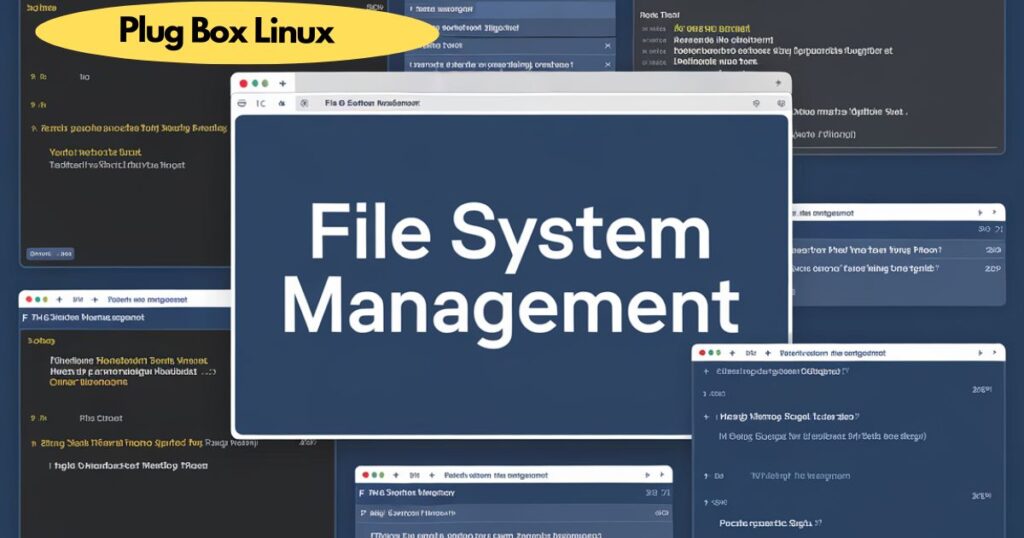
Basic File Commands
Develop proficiency in essential file system operations and command-line navigation techniques. Learn file manipulation commands, directory structure management, and file permission handling. The system provides built-in tools for file search, compression, and archival operations.
Mounting and Unmounting Drives
Learn effective drive management and storage device handling procedures. The system supports automatic mounting of removable media and network shares. Users can configure mount points, file system options, and access permissions for various storage devices.
Backing Up Data
Implement robust backup strategies using tools like rsync and explore various backup solutions. The backup system supports incremental backups, compression, and remote storage options. Users can schedule automated backups and implement data recovery procedures for system protection.
Performance Optimization
Monitoring System Performance
Track CPU usage, memory allocation, and system resources effectively. Utilize built-in monitoring tools for system analysis. The performance monitoring system provides real-time statistics, historical data, and resource usage alerts. Users can identify performance bottlenecks and optimize system resources accordingly.
Tweaking System Settings for Speed
Optimize system performance through careful configuration and resource management techniques. Learn about process prioritization, memory management, and disk I/O optimization. Advanced users can implement custom kernel parameters and service configurations for enhanced system performance.
Troubleshooting Common Issues
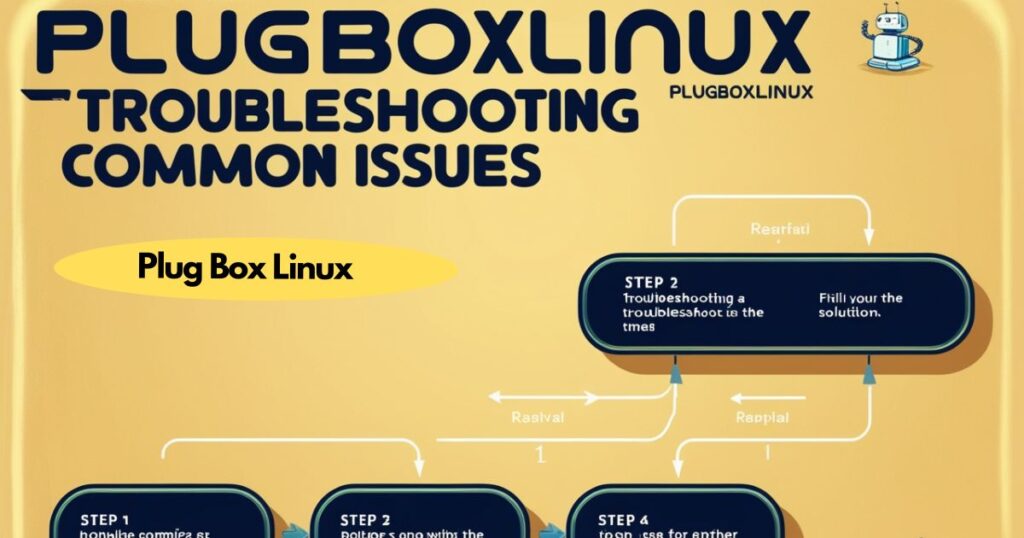
Address common troubleshooting Linux issues through systematic problem-solving approaches. Utilize community resources and documentation for problem resolution. The system provides comprehensive error logging and diagnostic tools for identifying and resolving technical issues effectively.
Community and Support
Getting Help from the Community
Engage with the vibrant PlugboxLinux community through forums and online platforms. Share experiences and seek assistance when needed. The community provides user guides, tutorials, and troubleshooting assistance through various communication channels. Users can participate in development discussions and contribute to system improvement.
Official Documentation and Resources
Access comprehensive official documentation for PlugboxLinux and various support resources. Utilize the extensive knowledge base for system management.
The documentation includes detailed guides, configuration examples, and best practices for system administration. Regular updates ensure that users have access to current information and solutions.
FAQ.s
Is PlugboxLinux suitable for beginners?
Absolutely! With its intuitive user-friendly interface and straightforward design principles, PlugboxLinux provides an excellent starting point for those new to Linux. The distribution’s focus on simplicity doesn’t compromise its powerful features, making it an ideal platform for users beginning their Linux journey.
How does PlugboxLinux differ from Arch Linux?
While PlugboxLinux is an Arch Linux derivative, it distinguishes itself by offering a more refined and accessible experience. Unlike its parent distribution, PlugboxLinux comes pre-configured with essential tools and streamlined installation processes, while maintaining the powerful foundation of Arch Linux.
Can I run PlugboxLinux on older hardware?
As a lightweight Linux distribution, PlugboxLinux excels in breathing new life into older systems. Its efficient resource management and optimized performance make it particularly suitable for hardware with limited capabilities, while still delivering a smooth computing experience.
What desktop environment does PlugboxLinux use?
PlugboxLinux primarily utilizes lightweight desktop environments such as LXDE or XFCE. These environments are carefully chosen to maintain system responsiveness while providing modern features and customization options that enhance user productivity.
How do I update PlugboxLinux?
System updates are managed through the robust Pacman package manager. Simply execute the pacman -Syu command in your terminal to synchronize repositories and update your entire system. This ensures your installation remains current with the latest security patches and software updates.
Where can I find support for PlugboxLinux?
The PlugboxLinux community offers extensive support through multiple channels. Access comprehensive documentation on the official website, engage with experienced users in community forums, or join online discussion groups for real-time assistance and knowledge sharing.
Conclusion
PlugboxLinux stands as a testament to efficient, user-friendly Linux computing. Its combination of simplicity, performance, and robust features makes it an excellent choice for both newcomers and experienced users in the Linux ecosystem.
The distribution continues to evolve, incorporating new technologies while maintaining its core principles of efficiency and user-friendliness. Whether for personal computing, development work, or server applications, PlugboxLinux provides a reliable and flexible platform for diverse computing needs.

Hello, I’m Henry, a committed writer at supersbusiness.com, where I specialize in Business, Finance, Real Estate, and News. My articles explore a wide range of topics, providing readers with insightful and engaging content. With a knack for simplifying complex ideas, I aim to make my writing accessible and informative for all. Stay informed on the latest trends and insights by following me on supersbusiness.com.

